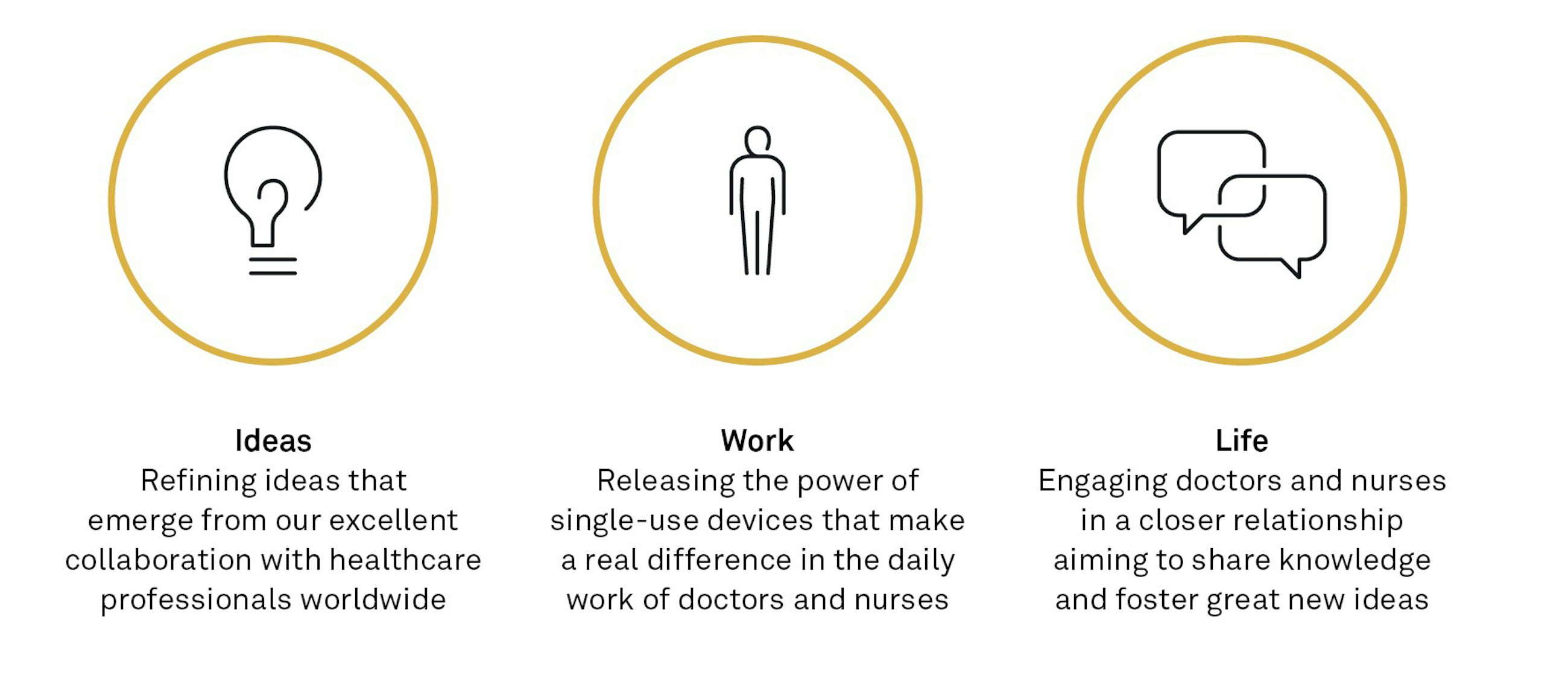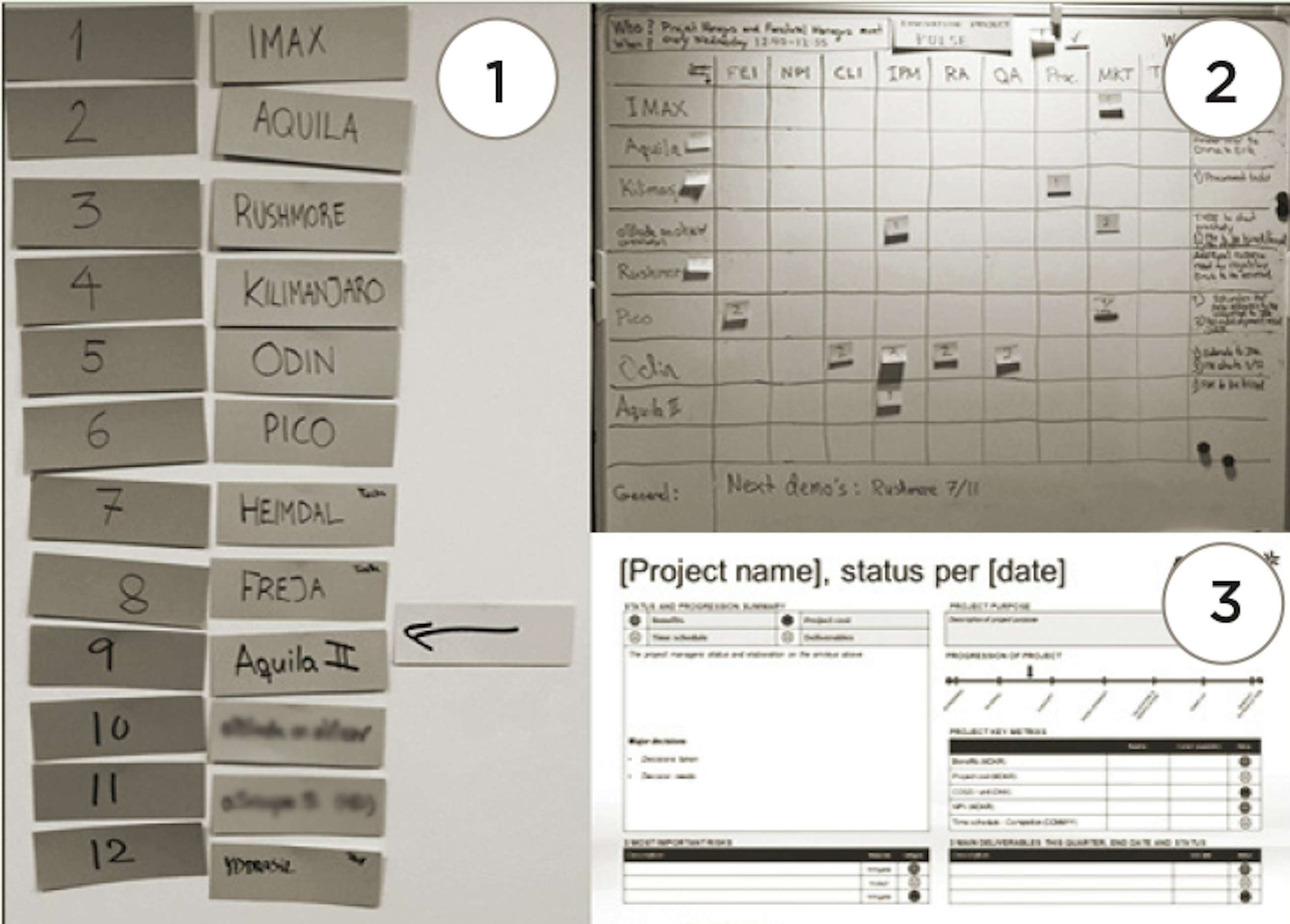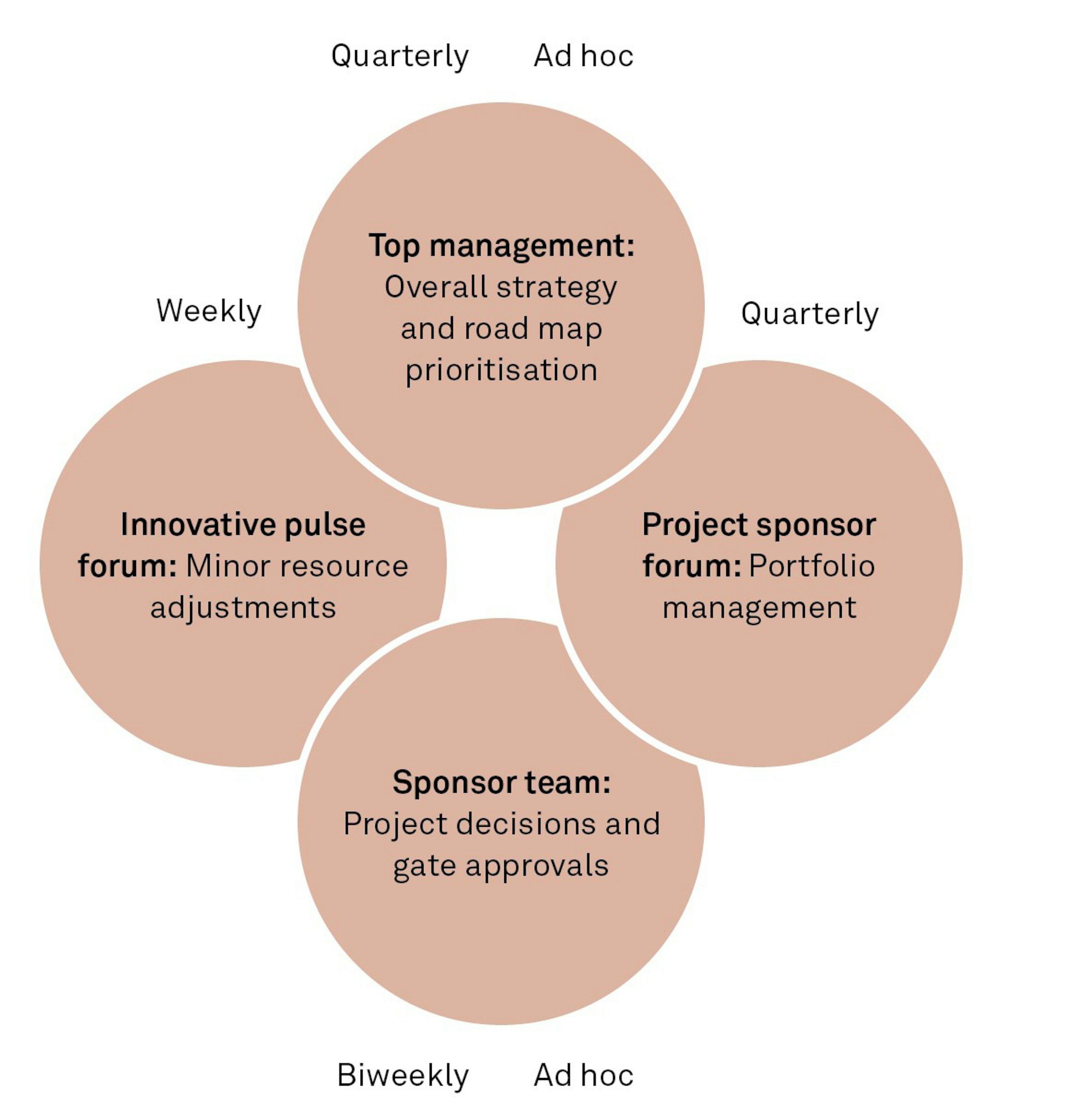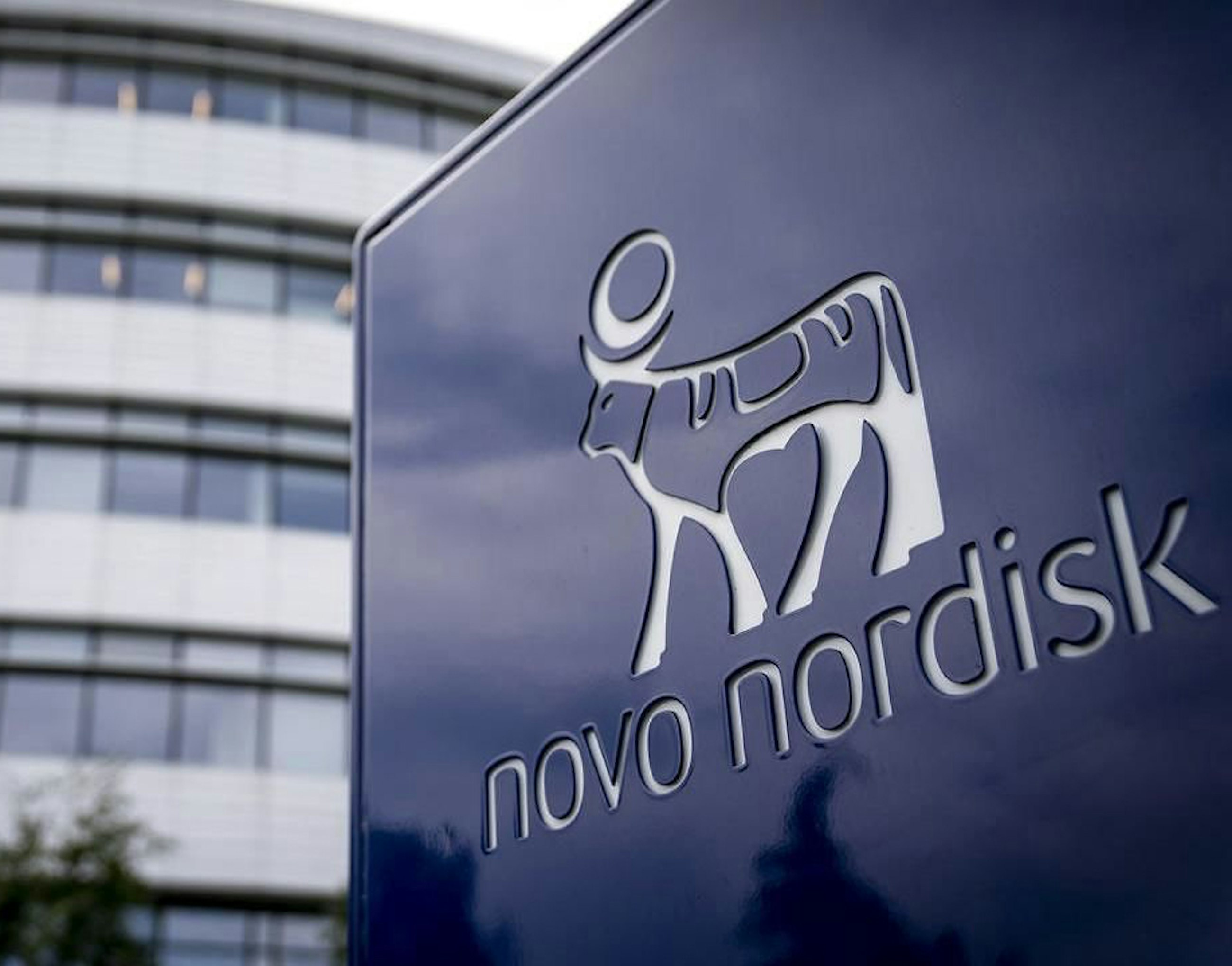Ambu and Implement Consulting Group
6 April 2018
Focus on a few agile projects reduces complexity in portfolio management dramatically, making way for revolutionary new products and a leap in efficiency.
Growth comes with a price
In a few years, Ambu has developed from a small health care company to a true growth engine with a yearly growth of 80% in new product areas. Ambu wants to stay on the upward-moving curve and recently (autumn 2017) launched an ambitious 2020 strategy with the strategic target of increasing revenue and innovation project capacity by 200%.
But despite having innovation in the organisational DNA, the fast growth left Ambu with the challenge of keeping the innovation level and development speed high and the decision-making process lean.
Corridor decision-making and unclear decision processes could be managed in a small innovation excellence organisation, but now it had become a challenge. The high future growth ambition made this an even more urgent situation which needed to be tackled. The question was:
How might we speed up product development to enable 200% growth in 3 years?
Achieving this would obviously not only require more ideas, more innovation projects and more people, it would require a new governance and portfolio management framework without the bureaucracy that often follows. And it would rely on something that Ambu already had: the will to prioritise.
Jakob Bønnelykke Kristensen, Director, Innovation Project Management
Extreme prioritisation kills complexity
With about 70 people involved in product development, Ambu runs only:
- 4 development projects with 10-20 people
- 4 tech tracks that mature technology for future projects with 1-3 people in each
We call this “short and fat” projects, because they are intensive and resource-heavy but shorter in duration. Måns Barsne, EVP, Head of Global Innovation explains that: "The portfolio decision-making process is fast and 100% transparent so that everybody understands why project a is more important than project b."
The governance to make it work
Top management continually discuss strategy and align discussions with a long-term product road map each quarter. The updated road map is used by the project sponsor forum (all potential project sponsors) to make project portfolio decisions for the coming quarter. This means making an overall prioritisation of projects and tech tracks, handling resource conflicts and initiating new projects. The project managers are also present in order to understand the “why” behind portfolio prioritisation, reduce the need for written communication and for answering questions. The whole quarterly portfolio management process takes about an hour.
The project decisions needed between these quarterly events are taken by the sponsor teams in the projects. Sponsor teams consist of up to three people who represent the four major business areas. Gate decisions are also made by the sponsor team plus a representative from one of the major business areas if not represented in the sponsor team. Minor resource adjustments between projects are handled biweekly in a 15-minute session in front of a whiteboard in accordance with the project priorities.
The tools to make it work
The very low number of projects and tech tracks combined with a high level of autonomy for sponsor teams (similar to steering committees) made it possible to create an extremely simple governance and portfolio management framework with a clear link from strategy to projects and fast decision-making. The decision support system consisted of:
- Index cards for project and tech track prioritisation for next quarter
- A whiteboard to handle minor resource adjustments
- A one-pager project status report
The four governance forums
Project sponsors can get the knowledge they need about projects other than their own in a three-hour open demo session that is held just before the portfolio management meeting. Here sponsors, project managers and project participants share knowledge. The open demo session is supplemented by a monthly project demo, and a one-pager status report sent out beforehand.
High transparency, efficiency and autonomy also create benefits in projects
Apart from draining the complexity out of portfolio management and governance, “short and fat” also helps Ambu to meet two of the design criteria for highly effective projects: to assign people to projects with a 50- 100% allocation and to make it easier for project participants to co-locate.
Knowing the “what” and “why” behind portfolio and prioritisation processes made sponsor teams and project managers support it and act accordingly. The physical presence, the feeling of ownership and decision making power that the sponsor team brought into the projects enabled the project teams to overcome obstacles faster and feel more empowered, creating a heavily reduced need for formal reporting. The latter saved time from documentation, which could be used for actual product development instead.
Scaling governance to support 200% growth
Ambu’s portfolio of four projects needs to grow to eight or ten in the next two years to support the growth ambition. This might lead to minor adjustments in the current setup, but hard prioritisations and autonomy in decision-making will still keep it a very simple portfolio to manage.
Agile is an organisational mindset, and becoming agile in both projects and the portfolio is a journey. Ambu is in the middle of that journey. But so far simple new initiatives have helped them in the right direction towards product development with the speed, agility and transparency to deliver on a very ambitious growth objective.
The benefits of prioritisation and autonomy
- A governance setup ready for growth
- Transparency in the “what” and “why” of portfolio prioritisation
- Increased project development speed
- Greater project ownership and empowerment
- Elimination of red tape in the portfolio and projects







